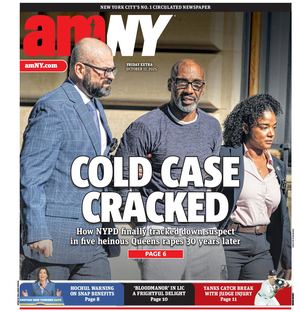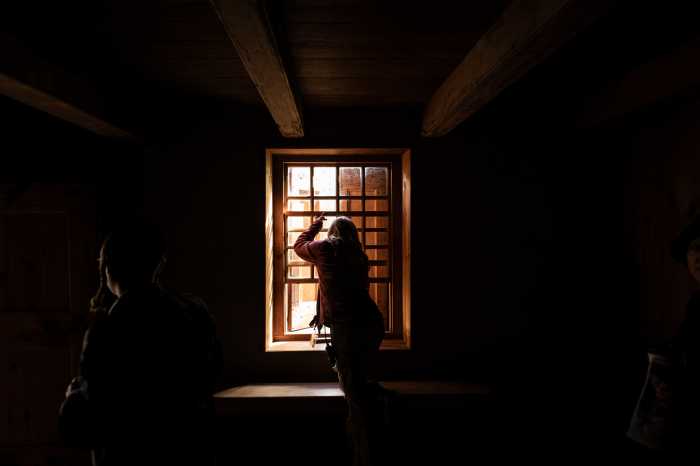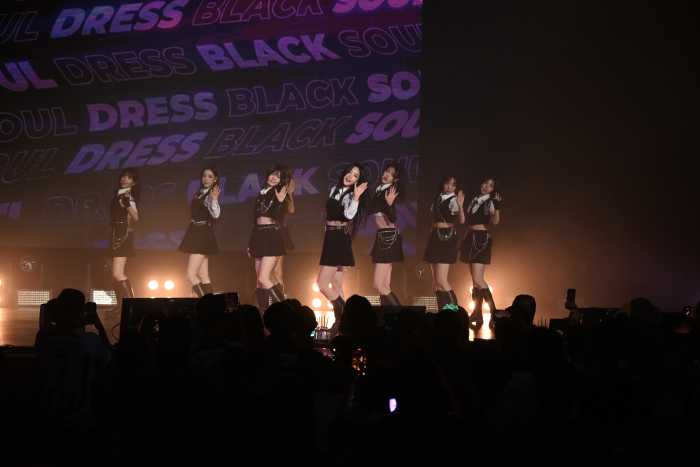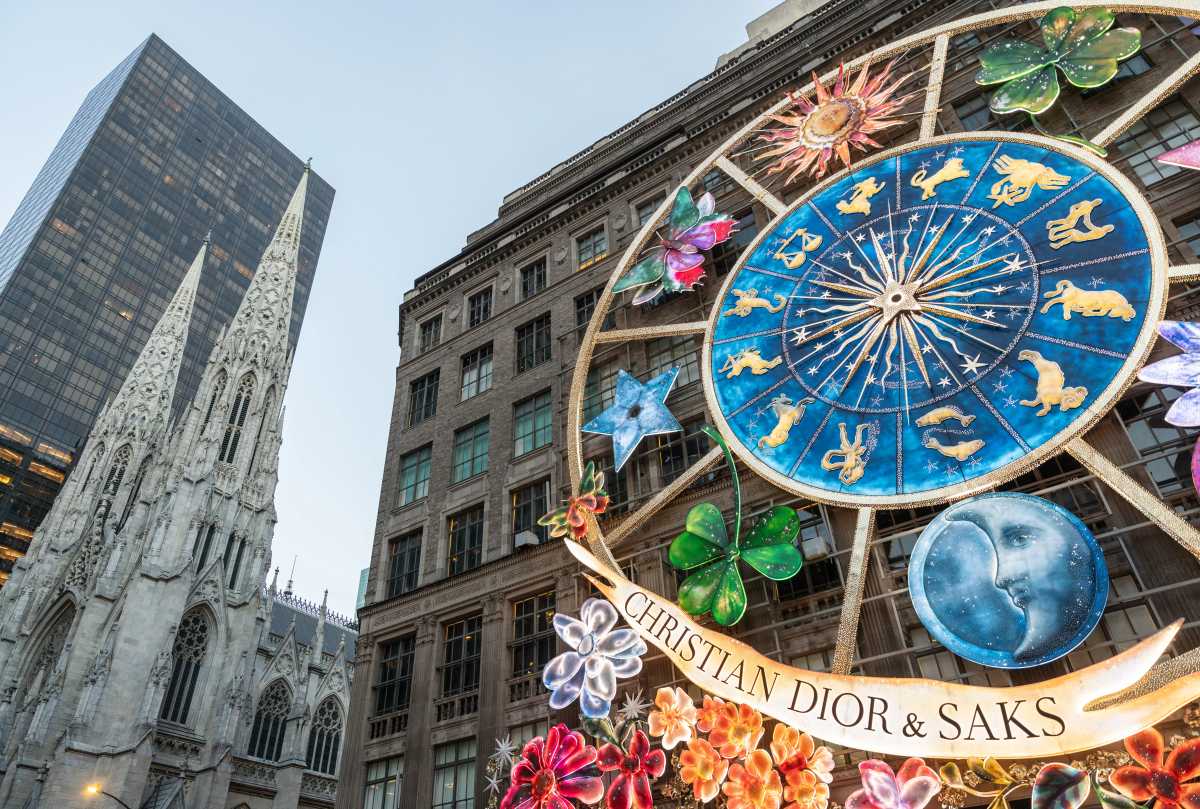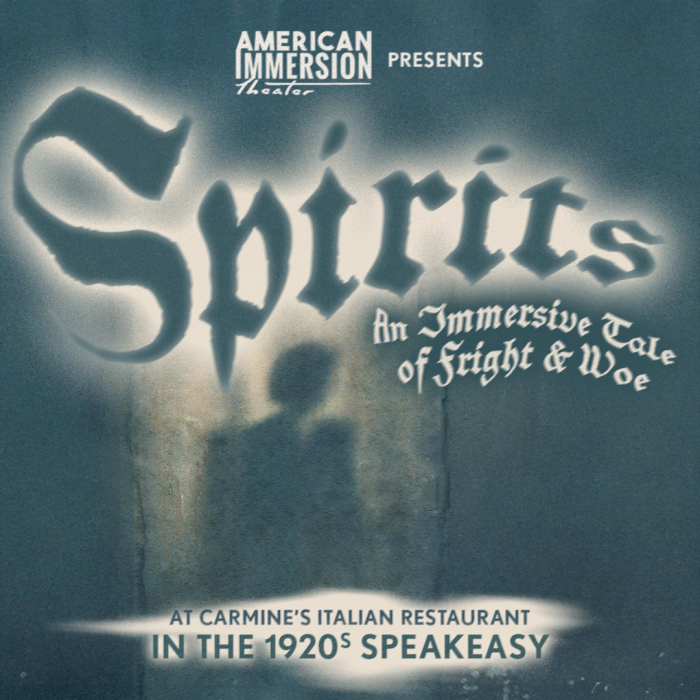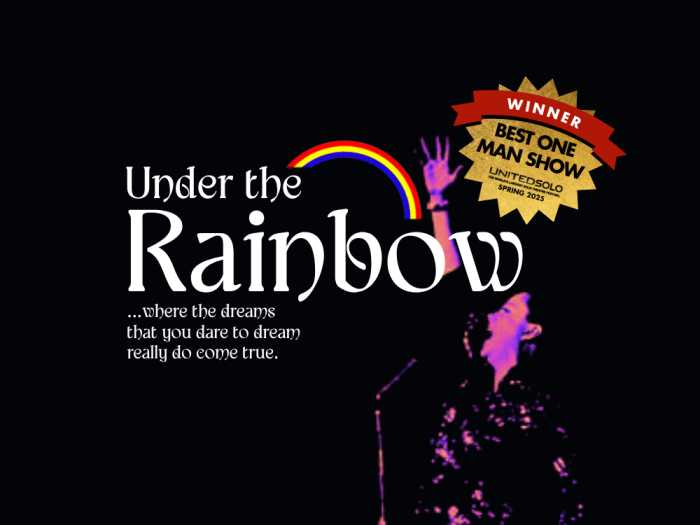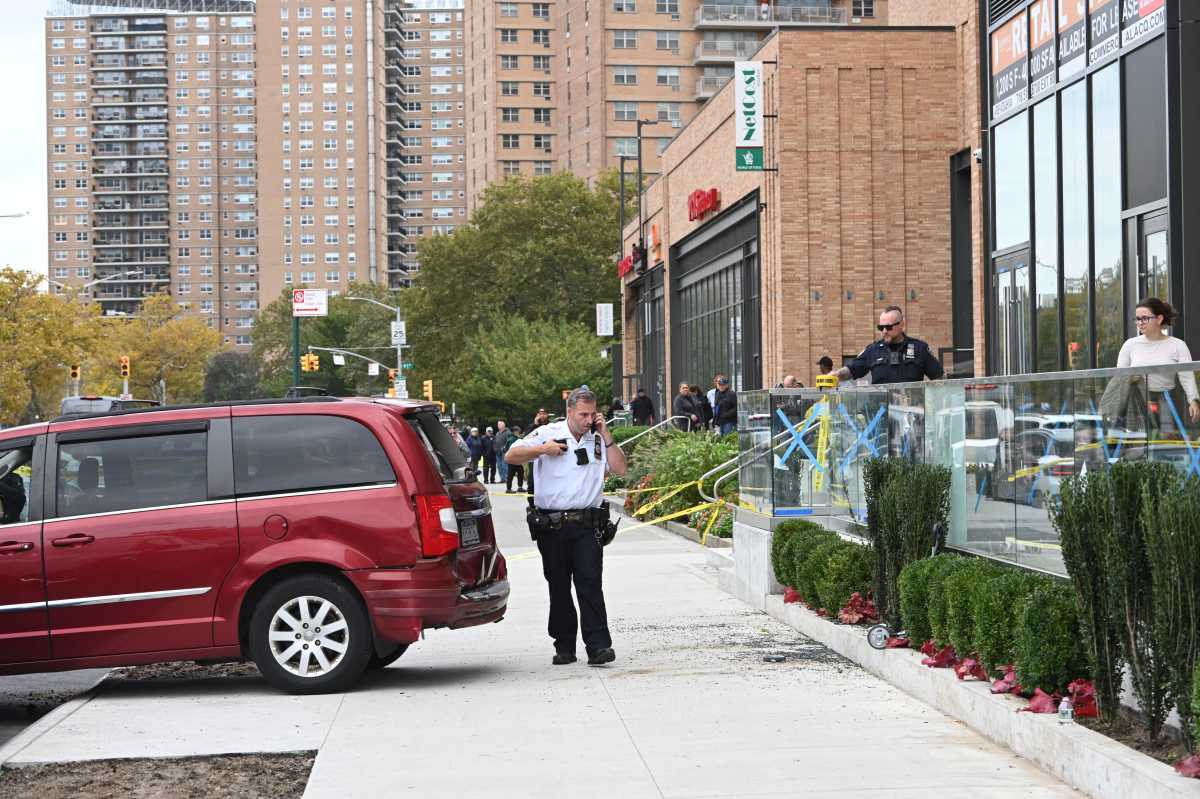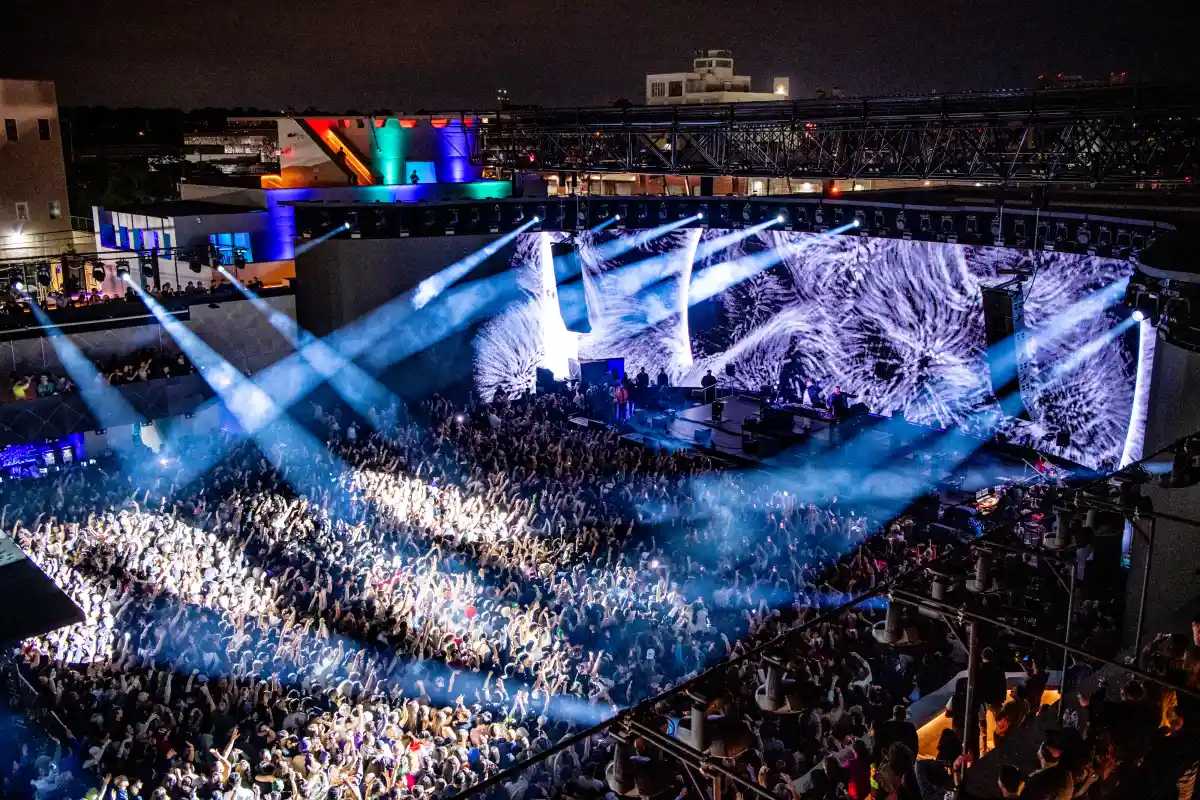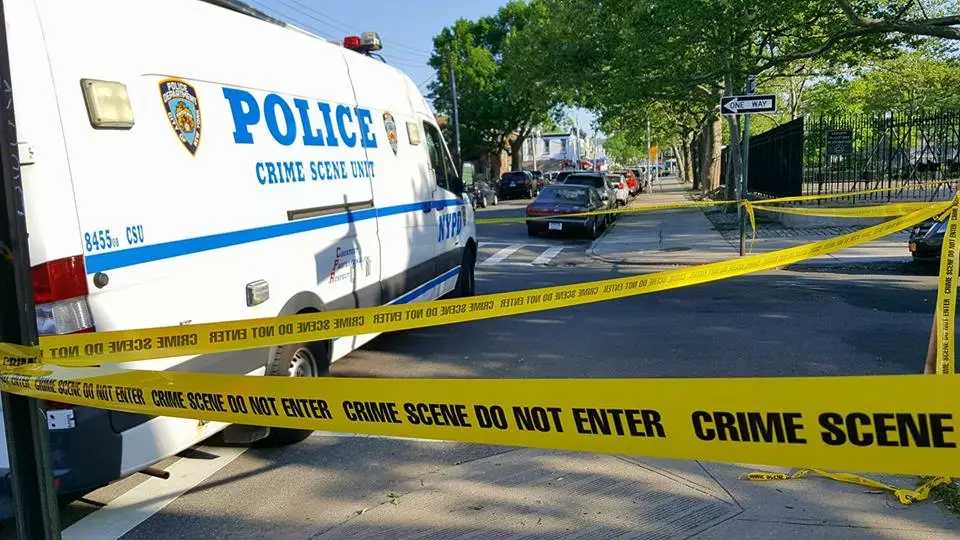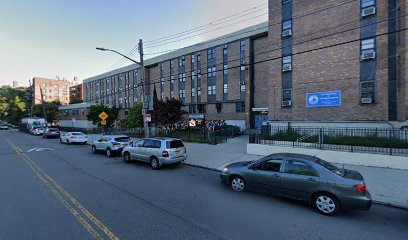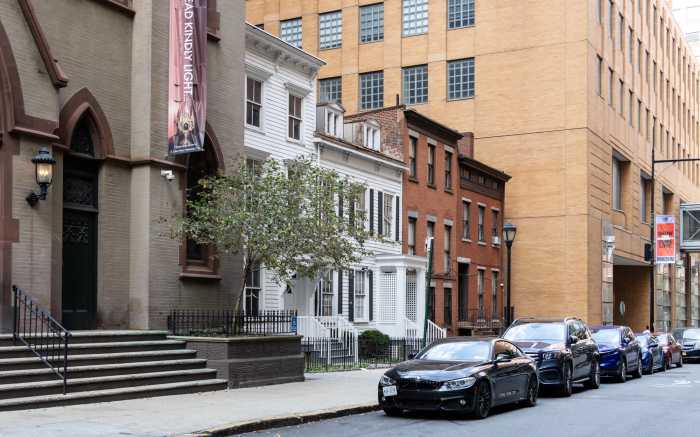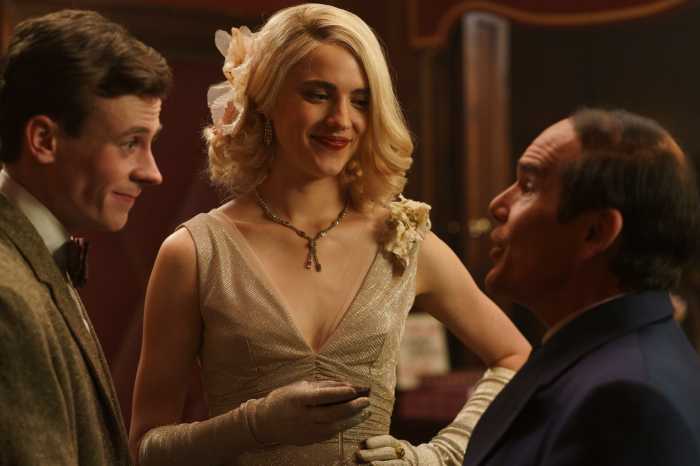Want a taste of old Manhattan? Consider walking the streets of Bed-Stuy and Crown Heights.
The crew behind the new Todd Haynes film “Wonderstruck,” starring Julianne Moore and Michelle Williams, had to disguise Brooklyn as Manhattan while filming on-location in the city, according to production designer Mark Friedberg.
The flick follows the stories of two kids — Rose (Millicent Simmonds) in the ’20s and Ben (Oakes Fegley) in the ’70s. Though Rose and Ben walk similar streets that have evolved with age, Rose’s scenes are shot in black and white, without sound. And Ben’s pose a similar challenge: Shot in color, the scenes tell the story of a deaf boy who hasn’t yet learned sign language.
Naturally, the production team had to rely heavily on the visual design aspects to keep the audience interested. Filmed at locations around the city, including the Museum of Natural History and Manhattan’s piers, much of those “Manhattan” scenes you’ll see in the film are actually the impostor borough.
“New York in the ’20s was prosperous and buzzing — which contrasted with the New York of the ’70s. The journey our two lead characters take through the city was carefully constructed,” art director Kim Jennings, who worked alongside production designer Mark Friedberg, said.
The problem the crew faced when location scouting was quite simple: Rapid gentrification left it near impossible for the team to shoot on-location while accurately representing older city streets.
That’s when the team turned to Bed-Stuy and Crown Heights.
“[We found] pockets in Brooklyn that had remnants of the feel of Times Square and the Upper West Side of the ’70s and we went in and added to it,” Jennings said. “In 1970, NYC was broke and the UWS buildings off of Broadway were getting sketchy. A lot of businesses were suffering.”
The crew helped amplify the old-school vibe by taking down street signs, covering glass storefronts, pulling down AC units, adding ’70s-style graffiti art and dropping garbage along the sidewalks, she added.
When recreating the ’20s, the crew also found the borough useful. Needing to find an exterior facade that could pass as a potential old Broadway theater, Friedberg stumbled upon an old Crown Heights church that was covered with signage. Located at 1476 Bedford Ave., the brick building with elaborate textured molding lining the second-floor windows became the film’s “Promenade Theatre.” It turns out, the scouted location was once the original Loehmann’s department store, founded in 1921.
“It was quite the building in its day!” Jennings said. “It still had remnants of an original ornate awning ironwork and Chinese dragon motif … it was almost surrounded by buildings that could play as 1927, with help.”
Friedman and his team referred to New York architecture books to compare building construction dates when trying to find the perfect fit. Before shutting down streets for filming, they built white models of each location, including full city blocks.
Doing so “helped give the director a clear understanding of what he will have at his disposal,” Jennings explained.
“Wonderstruck,” an Amazon Studios and Roadside Attractions production, hit theaters Oct. 20.
